Nissan X-Trail e-POWER: How this petrol-powered EV's claims don't add up
It seems Nissan isn’t quite sure how its e-Power hybrid system actually works. Perhaps it's time for the regulator to start acting on false marketing promises made by carmakers so that consumers like you don’t fall for it. See what you think…
We all live in a world where the facts, quaintly enough, still matter and I think we’ve all had a gut full of the spurious claims made routinely by car companies about their environmental virtue and associated vehicles.
Nissan’s newest ‘technology’ marketing centres around their “e-Power” drivetrain which claims to use both kinds of hybrid functionality. At least I think that’s what they’re trying to say.
Here’s the heading from their latest press release:
That is the headline on Nissan's Australian website at the time this report was being produced.
If you’re a consumer thinking about buying a hybrid or fully battery-powered EV in the near future, it’s important that you understand exactly what’s going on in regard to webpages full of this type of vaguely technical marketing. It might be pivotal in your decision to procure that car, so what is said on this page really matters.
A good place to start is to Understand Batteries: units, jargon & how they work etc. >>
If you’re somewhat ambiguous about what that headline actually means, here is bullet point #2 on that page which is right up the top:
A “true EV experience”?
Except for failing to deliver the lower running costs associated with using the grid to charge the battery, mainly because it's got a petrol engine and you can't plug it in;
Except for the fact that it emits tailpipe CO2 unlike a true EV, because it's got a petrol engine;
Except for the fact that it emits toxic tailpipe pollution because it's got a petrol engine;
Except for its total dependency on liquid fuel to get from A to B, which therefore does does nothing for our national energy independence, unlike an actual EV;
Except for the fact that it demands conventional internal combustion type maintenance such as routine oil and filter changes;
…there's got to be more;
Except for the fact that an internal combustion engine is on board and running, adding vibration and harshness that is totally absent in an actual EV. In fact, the engine in the e-Power is a 1.5-litre three-cylinder and that's a fairly large three-potter (500CCs per cylinder).
Don’t be wooed by the blue stuff - that’s an internal combustion engine ready to rock ‘n’ roll at a moment’s notice, or a stiff headwind.
Threes are intrinsically rough and raucous because they're inherently unbalanced, due to a fundamental imbalanced torque caused by the thrust that's unopposed when cylinders one or three fire. This rocks the block longitudinally (front-to-rear) which you don't get in an inline-6 because they are two three-cylinder engines fused together, meaning they reverse the second bank of three cylinders, which balances out the torque by canceling it out neatly. Plus with a three-cylinder, the firing pulses are 240 degrees of crank rotation apart (which is a lot) compared with a true EV which has none.
With all that considered, I would argue that this statement about ‘true EV experience’ is emphatically deceptive and misleading when examined against those key criteria.
Same goes for the likes of the Mazda ‘mild hybrid’ >> Remember that?
My AutoExpert AFFORDABLE ROADSIDE ASSISTANCE PACKAGE
If you’re sick of paying through the neck for roadside assistance I’ve teamed up with 24/7 to offer AutoExpert readers nationwide roadside assistance from just $69 annually, plus there’s NO JOINING FEE
Full details here >>
AutoExpert DISCOUNT OLIGHT TORCHES
These flashlights are awesome. I carry the Olight Warrior Mini 2 every day - it’s tiny, robust, and super useful in the field or in the workshop. Olight is a terrific supporter of AutoExpert.
Use the code AEJC to get a 12% discount >>
Generators suck! Go off-grid with AutoExpert BLUETTI PORTABLE POWER STATIONS
Need mobile, reliable power? If you’re camping, boating, caravanning or building a dirty big shed in the back paddock, and you need to run a refrigerator, lights, air conditioner, cooking, and/or a bunch of tools - Bluetti has a clean, tidy, robust solution…
Get your AutoExpert free shipping discount here: https://bit.ly/3n62heK
All is not what it seems with e-Power
“The electric motor is used to power the wheels, with the petrol motor exclusively used to recharge the battery.” This is literally what they say:
This is an unequivocal statement from Nissan.
Yet, at the top of the same page, number two organic Google search result for Nissan e-power Australia, it clearly states that the petrol engine only recharges the battery.
In fact it is accompanied by these three schematics in a gallery block on the same page:
On the left is an EV on the right is a conventional parallel type hybrid mainly driven by combustion;
In the center is Nissan's schematic about e-power operation - it clearly shows the combustion engine driving a generator, which charges the battery, electricity subsequently flows to the inverter and the traction motor, but this is not what happens at all.
Left: Typical fully-battery powered EV | Centre: Nissan’s X-Trail e-Power | Right: Regular vanilla hybrid
It seems Nissan seems to have kind of changed its mind about how e-power actually works after making these unequivocal claims in high power demand situations such as strong acceleration when entering a freeway the petrol engine and Generator are used to keep the battery pack charged and can directly power the electric motor that is from Nissan Australia's e-power explanatory web page today and I'd suggest they cannot both be true.
I went to Nissan Global and got even more of a run around:
Can you see yet why this is misleadingly consistent?
But then, perversely, they offer this schematic in which it seems the generator (running off the engine) dumps its load of DC flavored electricity into the inverter:
This suggests that the engine can indeed bypass the battery to power the traction motors more-or-less directly via the generator and inverter.
Obviously that schematic and the statement from Nissan Global, which are only inches apart on the page, are completely irreconcilably at odds, philosophically.
Now here is a public statement from Nissan Australia:
This statement suggests to me that Nissan Australia doesn't actually know if the generator only charges the battery, or whether it can also drive the traction motors via the inverter.
So perhaps they could issue a statement clarifying what’s going on here, or perhaps they just don't want you to think too hard about the engine roaring into life at times to do some really hard work directly.
I frankly don't see how it can possibly “Run quietly in the background” if one of its main roles is to shoulder much of the burden of the total tractive effort when you pull out to overtake some truck.
It's making 77 kilowatts per liter flat-out. That's roughly 50 percent higher in terms of specific power output than the 2.5 liter atmo combustion X-Trail engine which sits right alongside the e-Power in the lineup. To suggest that it's perpetually operating like some kind of elegant magic box is frankly absurd.
In my view, because scientific literacy is quite low in Australia, Nissan can probably get away with making these claims because a lot of people aren't going to notice. But it matters.
Consumers like you make decisions about how to spend tens of thousands of dollars, in part based on what car companies say about their vehicles, so those claims need to be true. And that webpage is so easily accessible.
If you’re going to drop $60,000 on a vehicle, make it the right one.
Some people just want a hybrid, in which case I’d suggest looking at something much more practical and easier to understand, like the Mitsubishi Outlander plug-in hybrid or the Mitsubishi Eclipse Cross PHEV >> Both these vehicles operate as normal cars but with the added benefit of being able to use them solely in ‘EV mode’, with the ability to charge the battery at home, at work or using a public charging station.
Other non plug-in hybrid options include the Subaru Forester Hybrid >> or the Subaru XV Hybrid, both of which use a lithium-ion battery (which is superior compared with the Toyota RAV4 Hybrid’s inferior nickel-metal hydride batteries).
If you want to full technical in-depth explanation for why the e-Power is not what it seems, watch the full video report above.
You can also learn more about the reality of plug-in hybrids, the problems with electric vehicles and the truth about cars and carbon emissions here >>







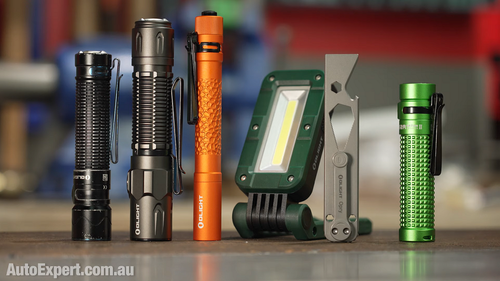

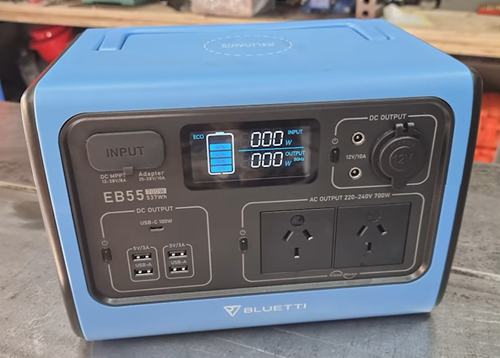
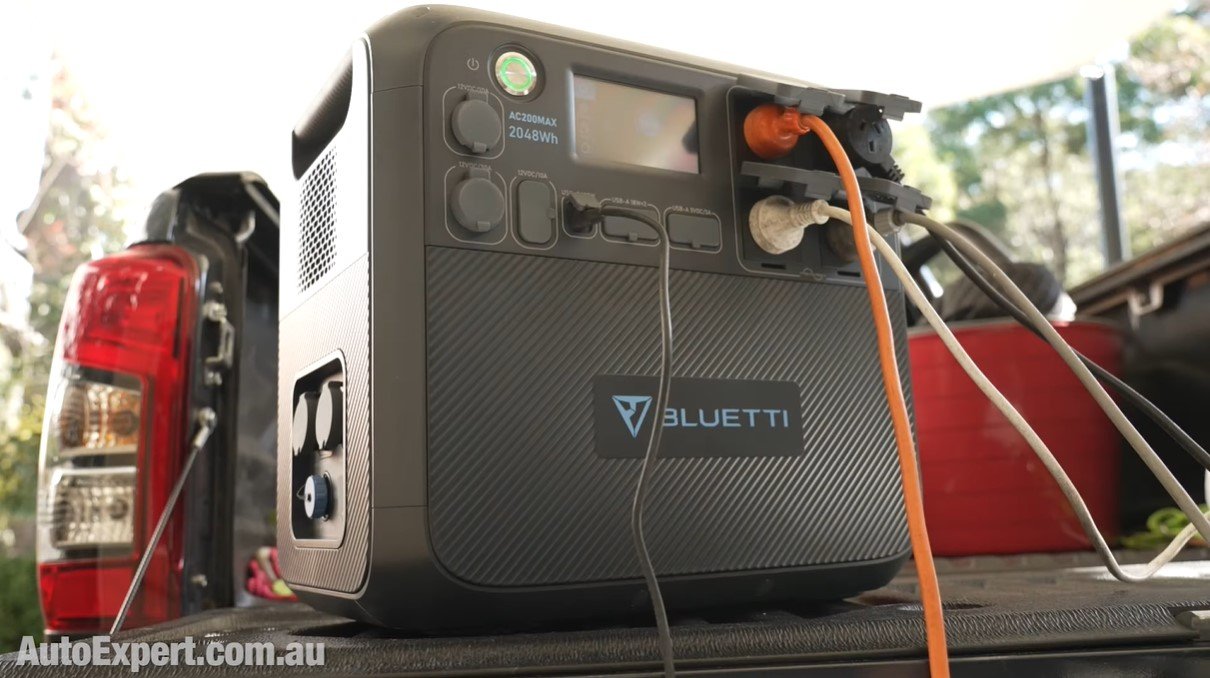












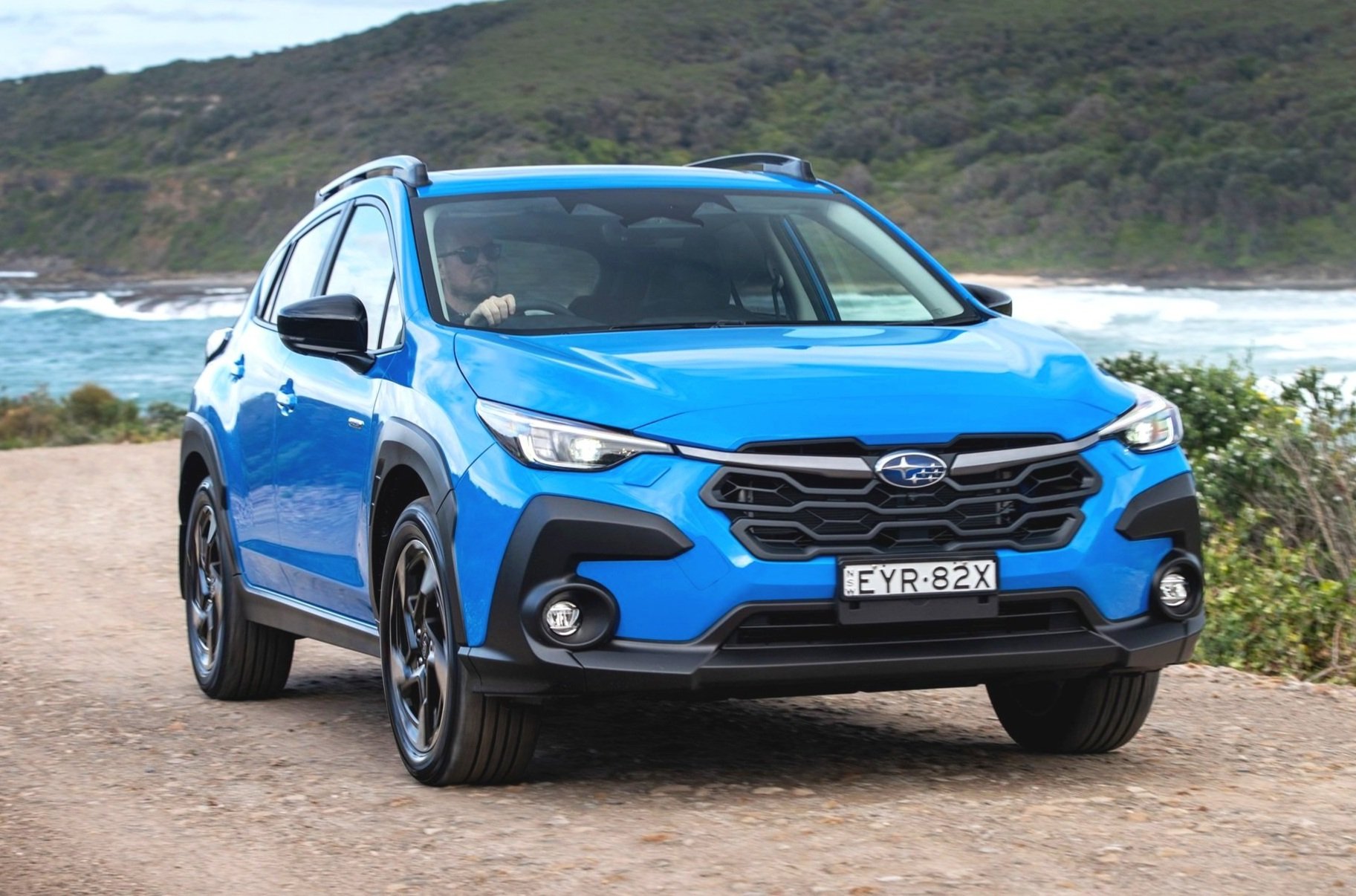
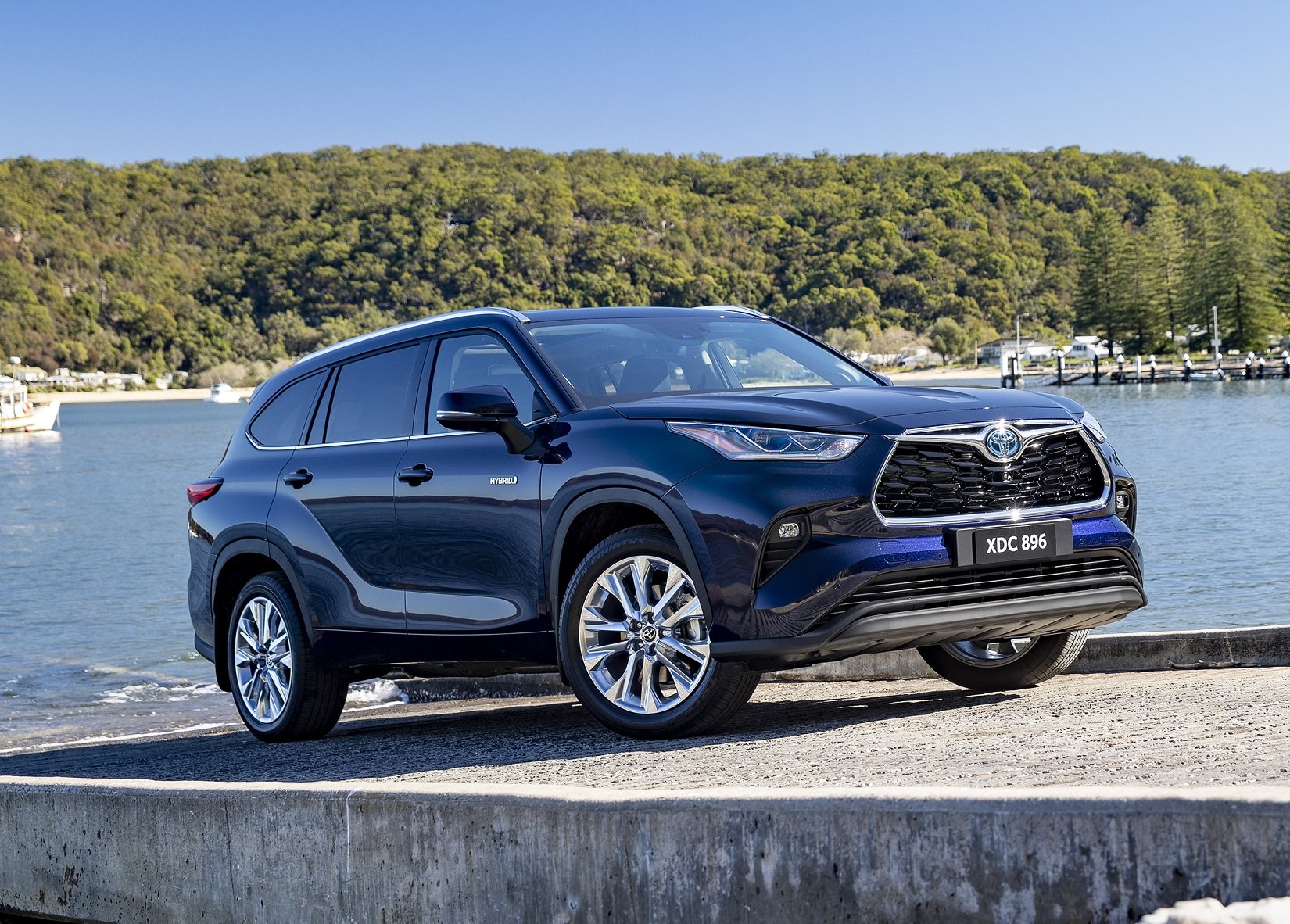






If you think Great Wall Motors can come along and offer a cut-price Toyota Prado on its first attempt, there are some glaring issues you need to consider before dropping your money on this LandCruiser lookalike.